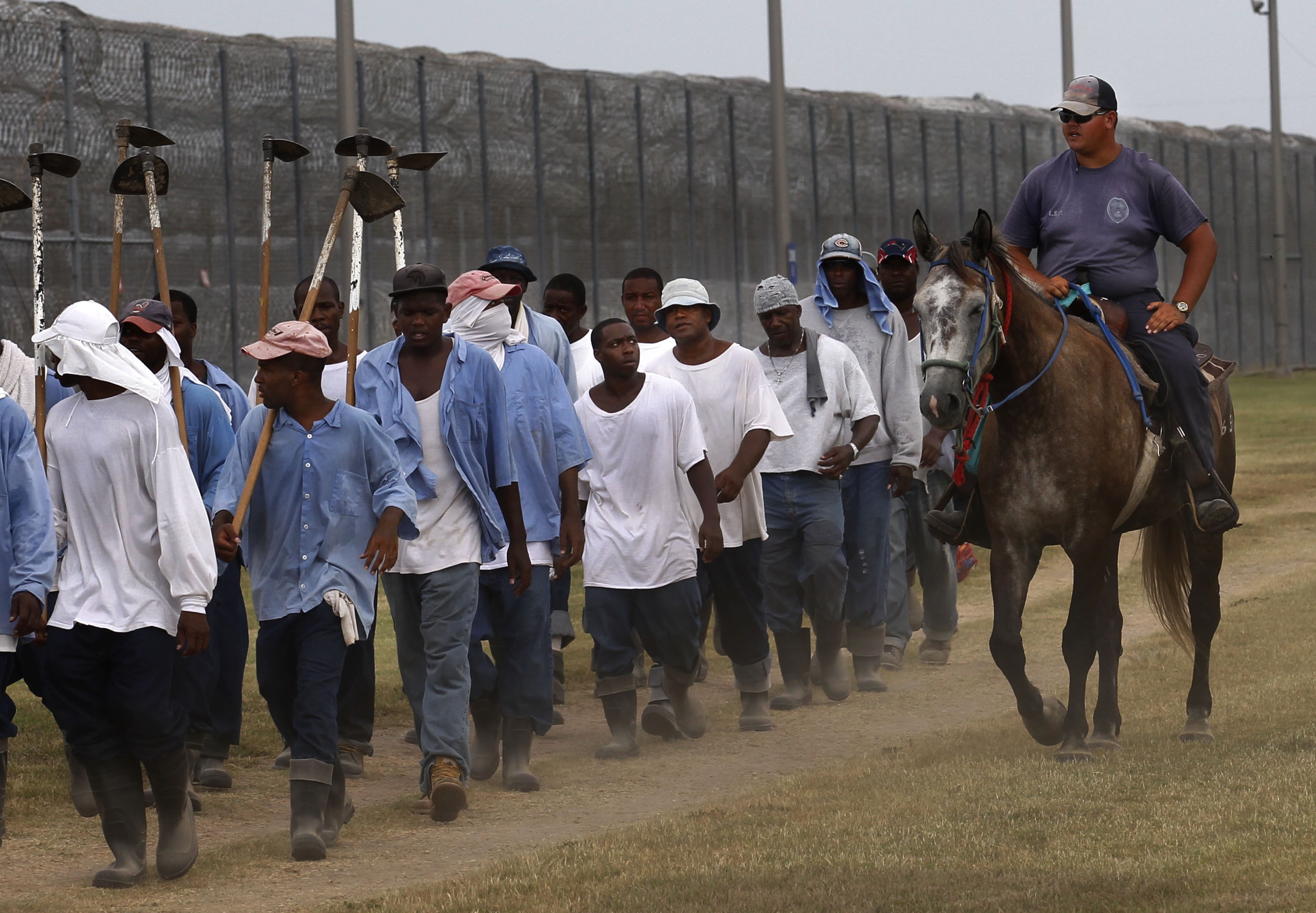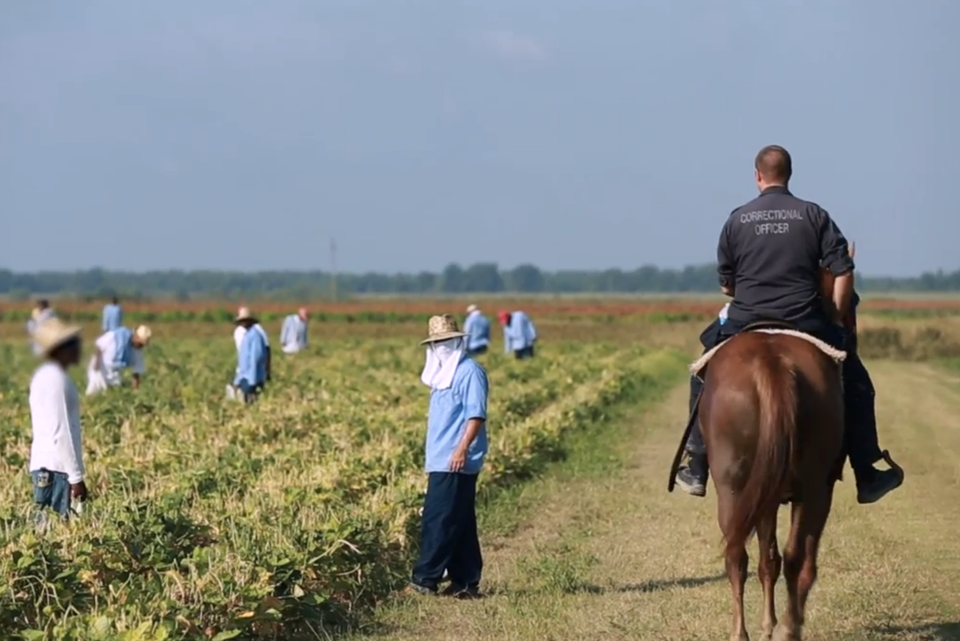
 Modern Slave Labour in the Heart of Louisiana
Modern Slave Labour in the Heart of Louisiana
Louisiana State Penitentiary (or ‘Angola Prison’) is the largest maximum-security prison in the United States. It is also a perfect example of how slavery still exists in the USA today.
Angola Prison is located on an 18,000 acre stretch of land made up of former slave-labour cotton plantations, one of which was known as ‘Angola.’ If you haven’t figured it out yet, it was named after the Southern African country where many of the plantation’s slaves originated.

In 1901 Louisiana state bought the land and opened it as a prison. What followed were over 100 years of awful living conditions, racial abuse, violence and murder.
Some quick facts:
-
Today there are over 5,100 inmates at Angola Prison.
-
75-80% of them are black.
-
In New Orleans 1 in every 14 black men is currently behind bars.
-
Meanwhile the majority of the 1,600 live-in employees are white; some are likely descendants of the slave traders that owned this land generations ago.

In the USA there is no minimum wage for convicts, so the prisoners are paid as little as $2 a day. The forced labour is rebranded as a ‘work programme,’ as though helping to rehabilitate the prisoners.
Spotlight - Robert King:
-
1972 - King was sent to Angola Prison (aged 18) for a crime he didn’t commit.
-
He spent 31 years inside - 29 in solitary confinement.
-
He formed the Angola 3, leaders of the prison’s Black Panther movement for equality.
-
2001 - King was proven innocent and freed.
Since his release King has been very outspoken about Angola Prison:
“There was a prisoner slave trade and rampant rape; inmates slept with J.C. Penney catalogs tied to their waists for protection.” - NPR.
“Prisoners worked out in the field, sometimes 17 hours straight, rain or shine.” - GlobalResearch.
As NPR reported in 2008, "In the distance on this day, 100 black men toil, bent over in the field, while a single white officer on a horse sits above them, a shotgun in his lap."
A stark image of modern slavery in the USA.
- Felix

